Social, political, cultural and economic challenges raised by digital technologies are often studied from the perspective of the educated urban populations who live in North America and Western Europe. Hence, these tools are attributed great powers. Their capacity to accelerate interactions and to reduce space-time distance is believed to impact deeply the ways we think and live. The kind of relations and simultaneous presence they foster have led us to reconsider communities, institutions and spaces using other models than those of discrete groups structured by territoriality. Moreover, it is generally considered that these technologies have reshaped the political economy of public speech in our societies, since they offer individuals or groups condemned to a form of social invisibility means to express themselves in the public space.
This call for papers asks for a shift of perspective by questioning the challenges raised by digital technologies from the “margins”. Contributors will be asked to focus on the ways they impact people’s lives outside of Western Europe and North America, as well as in spaces constructed as marginal. What shapes does the digital economy take within these spaces, through formal and informal channels? How do individuals appropriate the many existing technological devices generated by digital technologies? What are the new hierarchies and inequalities created by the (lack of) dissemination of these new tools?
Contributors will also focus on the ways minoritized groups are using digital tools for social, political, cultural or economic intervention. They should adopt a critical perspective by paying attention both to the limits and the ambiguities of the ways marginalized actors use these tools. While, digital tools have been used to promote emancipation, they can also lead to new forms of domination and enslavement.
Finally, this call for papers aims to promote a theoretical discussion about the notion of margins itself. How can we construct a robust notion of margins (be they spatial, political, cultural, or economic) in a world shaped by codes, algorithms, flux and networks, where the notions of distance, proximity, subject and object have to be re-examined?
Conducted by an interdisciplinary team, this call for papers is aimed at social scientists as well as digital practitioners (artists, programmers, hackers, etc…). This deliberately open call should allow for robust discussion with other research methodologies, social or artistic points of view.
Via
Horizome



 Your new post is loading...
Your new post is loading...




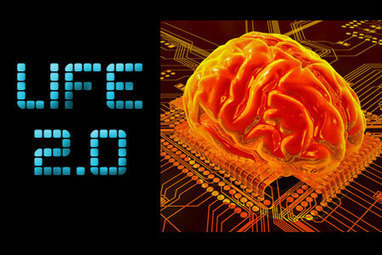
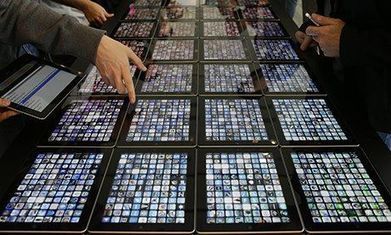




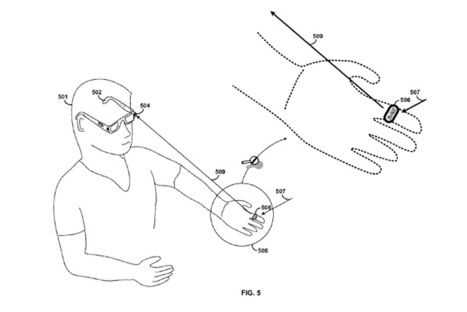
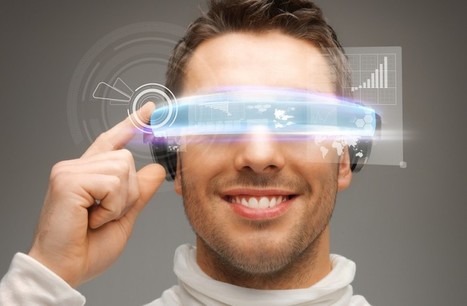





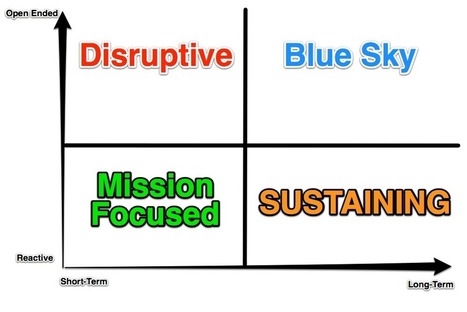





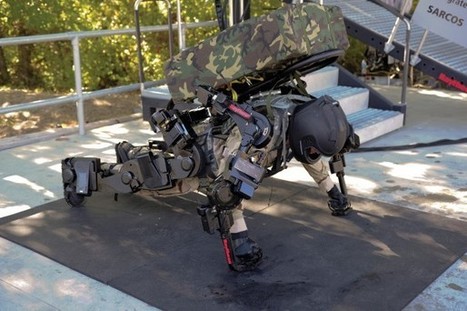
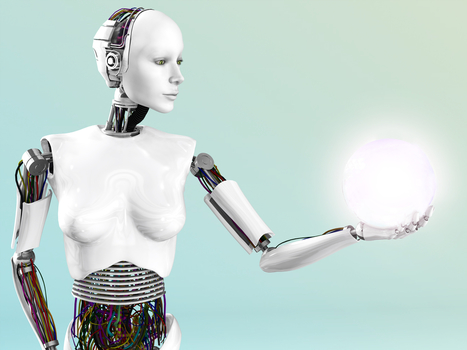





5 must read papers to understand where we stand in the area of direct brain communication with machines. In a nutshell; still very early.